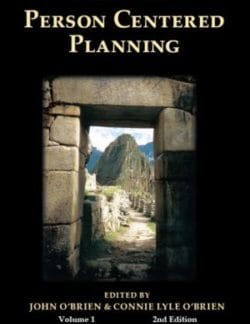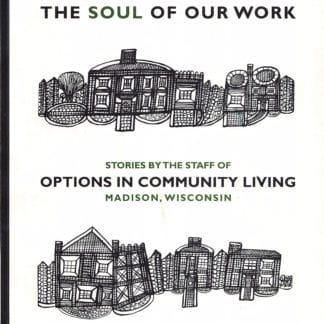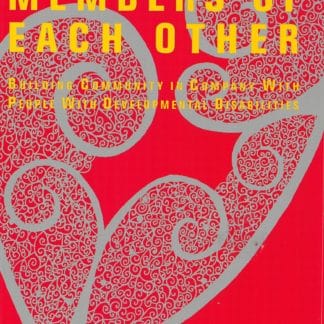Hope Restored with PATH
Glenn Cochrane
Gang Prevention Coordinator
Winnipeg, Manitoba
I decided I wanted to do something that truly might be in the area of prevention, not wait until kids were in trouble but get to them early. I phoned the principal of a downtown Winnipeg core area school (Dufferin School) where I knew the principal, an aboriginal woman named Donna Green. I asked her if I could work with the Grade 6 students on doing some creative planning. She said, “Sure.”
I was also tired of seeing too many expensive consultants with over-complicated materials that didn’t really involve the community. Hardly anyone ever involved the youth that were getting in trouble. These consultants, as too many teachers and social workers, often meant well but were so busy “telling” everyone what to do that they didn’t have any time to involve the youth in solving their own problems.
When I say involved I really mean involved. Involved in a meaningful way. I wanted these grade six students to be able to see a future with hope.
A few years ago I met my now friends and colleagues Marsha Forest and Jack Pearpoint while they were doing a workshop for aboriginal health care workers in Winnipeg. I liked the tool they had developed called PATH. They basically said to me – Glen, you’ve seen PATH in action – go do it. That’s exactly what I did.
To me PATH was exactly what I was looking for. It started with a blank sheet of paper, used teamwork to facilitate, and used a colorful visual graphic as a key. It was built on a model of community capacity and believed that all people have gifts and talents and can solve their own problems “with a little help from their friends.”
To me PATH is a simple and amazing little tool. What it basically does is:
* Gets people who are stuck in a rut or problem unstuck.
* Gives people a way to actually see a future.
* Gives people hope.
* Gives people a beginning, a starting point for action.
The first thing that amazed me when I worked with the grade six students was that their hopes and dreams for themselves were the same as the adult professionals that work with them.
The students above all wanted:
* their families back together
* their families to participate at school more
* their parent, parents, or guardians to get really involved in their lives, especially at school
In drawing their vision or North Star (step one in the PATH process) practically all the students wanted me to draw a mansion – this mansion for them was a place where they and their families could be safe.
For them the mansion was their school and the school would provide meals, and teachers who genuinely cared for the students and their families. The most important people for the students to enroll were their families and then their teachers. They all wanted to get through school and life and move on to find a better way of life than they were experiencing now.
The NOW part of the PATH was quite powerful. The students described their now as dirty, lots of fighting, gangs, getting beat up, drugs, needles, inability to get up in the morning because they’d been up all night, lack of things to do in the evening, violence, unhappy, scared, hungry, homeless.
They wanted the schools open day and evening and they wanted team and other sports.
I kept thinking. This is exactly what most of the teachers and social service people also wanted for the kids. This is exactly how we all described the now. We all agree so let’s make it happen. What’s stopping us. Let’s do it.
One thing was sure. Few thought or believed that these “inner city core kids” would sit still long enough to do anything meaningful. How wrong they were! I started working not only with the Grade six kids but with Grade 5, 4, 3 and even Grade 2. And they all sat for two and a half hours with only a short break for recess. Because it was their PATH they were truly involved. They even got involved in doing their own graphic recording. After all it was their PATH.
They were proud of their plan. They knew I was there for one reason – for them. There are now five fabulous PATHS at Dufferin School. The seeds are planted. We don’t need sophisticated complicated expensive plans. We can do it simply and inexpensively with PATH.
PATH is a catalyst for change and therefore the follow up is built right into the process. The plan is right there for everyone to see. If it has involved the people it is meant to serve it will be followed. If it hasn’t really involved the students it will not be followed. Simple. You won’t need follow up or coercion as it is right there in living color before everyone’s eyes. It is right in your face.



